
Yatora is the perfect high school student, with good grades and lots of friends. It's an effortless performance, and, ultimately… a dull one. But he wanders into the art room one day, and a lone painting captures his eye, awakening him to a kind of beauty he never knew. Compelled and consumed, he dives in headfirst—and he's about to learn how savage and unforgiving art can be!
22-year-old Charlie Carr, a colourful, bubbly art student brimming with unconventional ideas, wants to pass their final course assignment. Paired up with best friend, Wren Hatfield, Charlie notices Wren brushing off all of their input, causing arguments and tension between the two. If Charlie can’t get Wren to value their ideas, Charlie could fail their course or, worse, ruin their closest and only friendship.
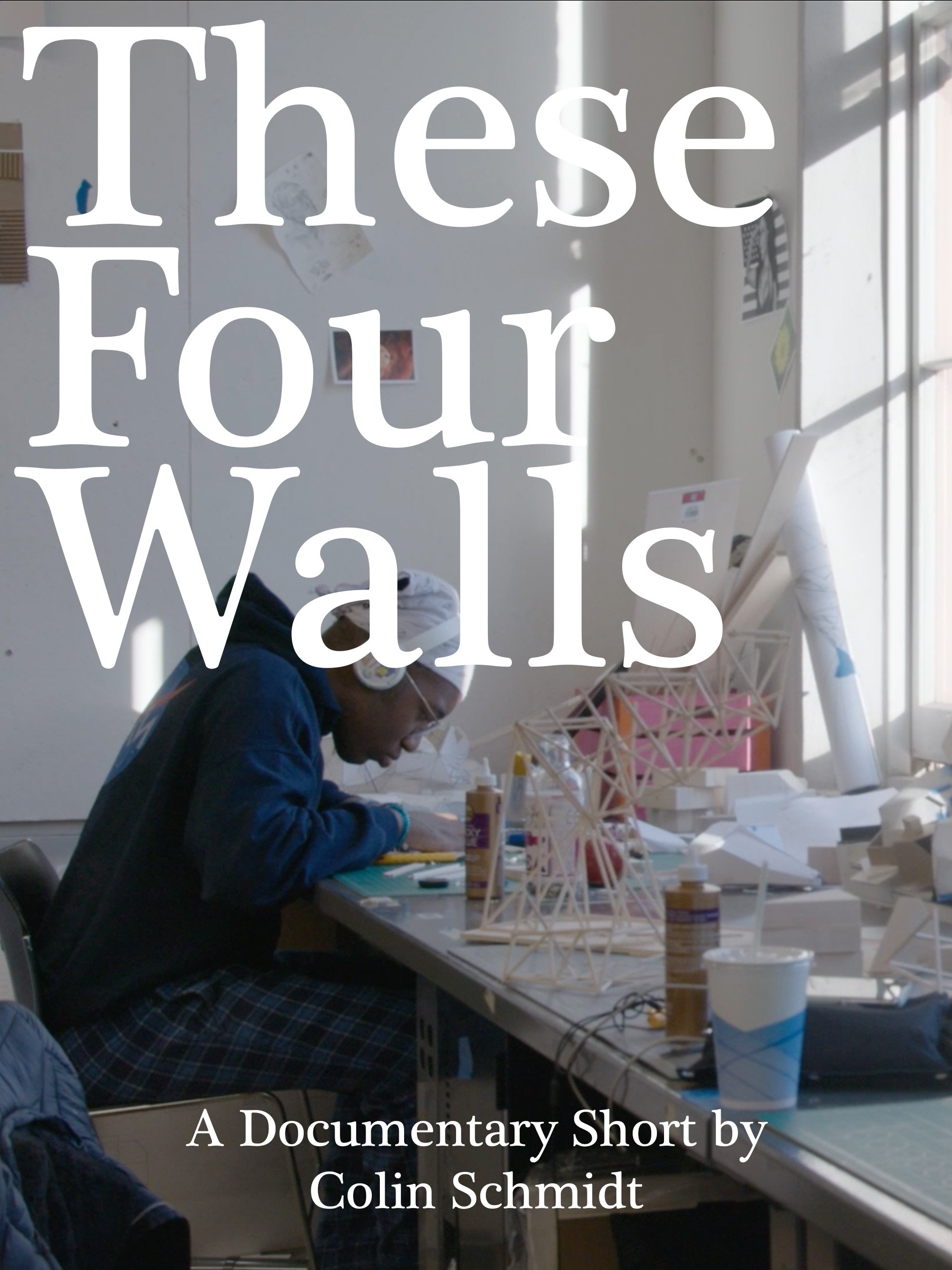
A short documentary that takes a look at Pratt Institute's Architecture program and how the first years handle the rigorous workload.

Seeing is to painting what listening is to politics. Survival as an artist demands both. Paint Until Dawn is a documentary on art in the life of James Gahagan (1927-1999), who painted all night to push the limits of vision. His life and thought reveal a correlation between art and activism through an interesting angle: the creative process itself.
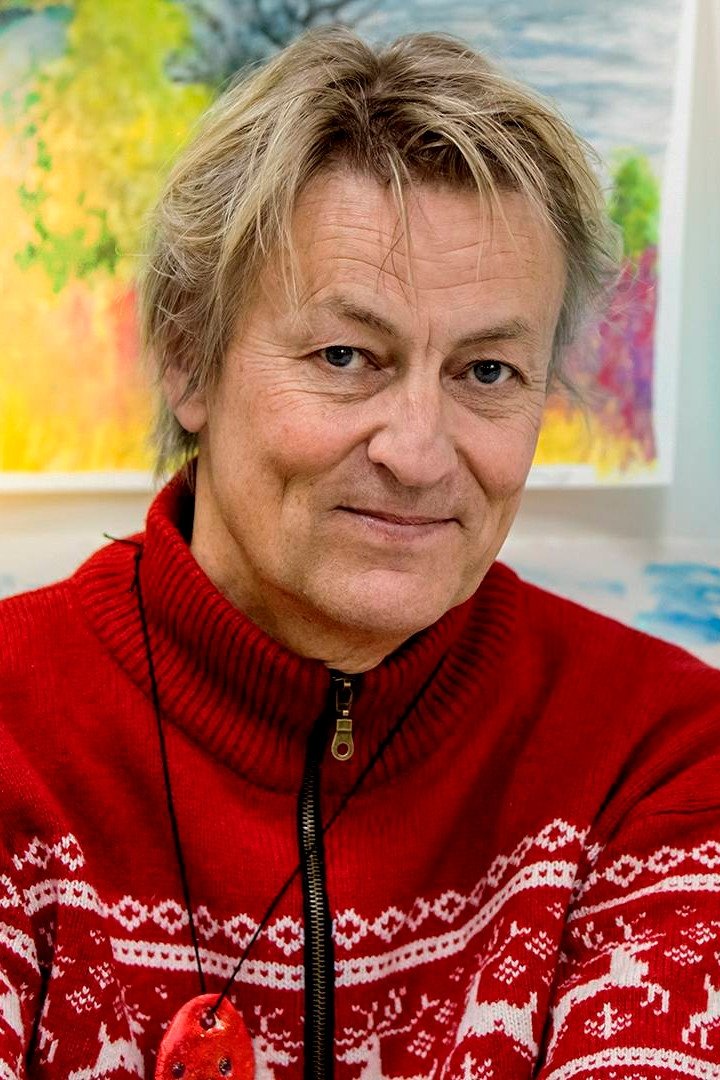
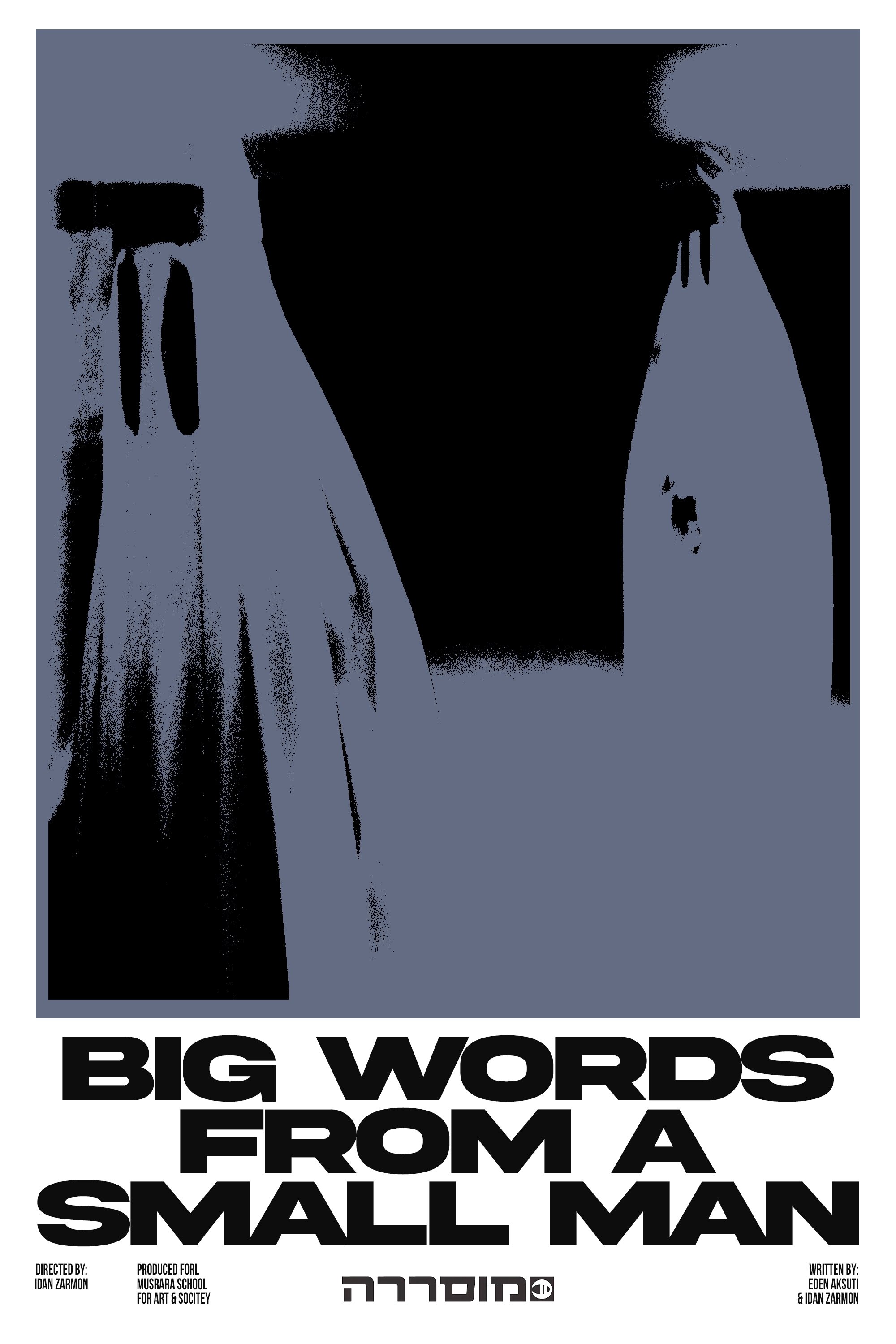
our short stories interlaced to create a surreal world of absurdity, in which characters try to find connections in the mundane.
This is the pilot season for Wonderdumb, an art based sketch comedy show. A show with bazaar skits and award winning antics performed by artists, comedians, and musicians from Chicago, Wisconsin, Massachusetts, and some other (not worth mentioning) cities and states.
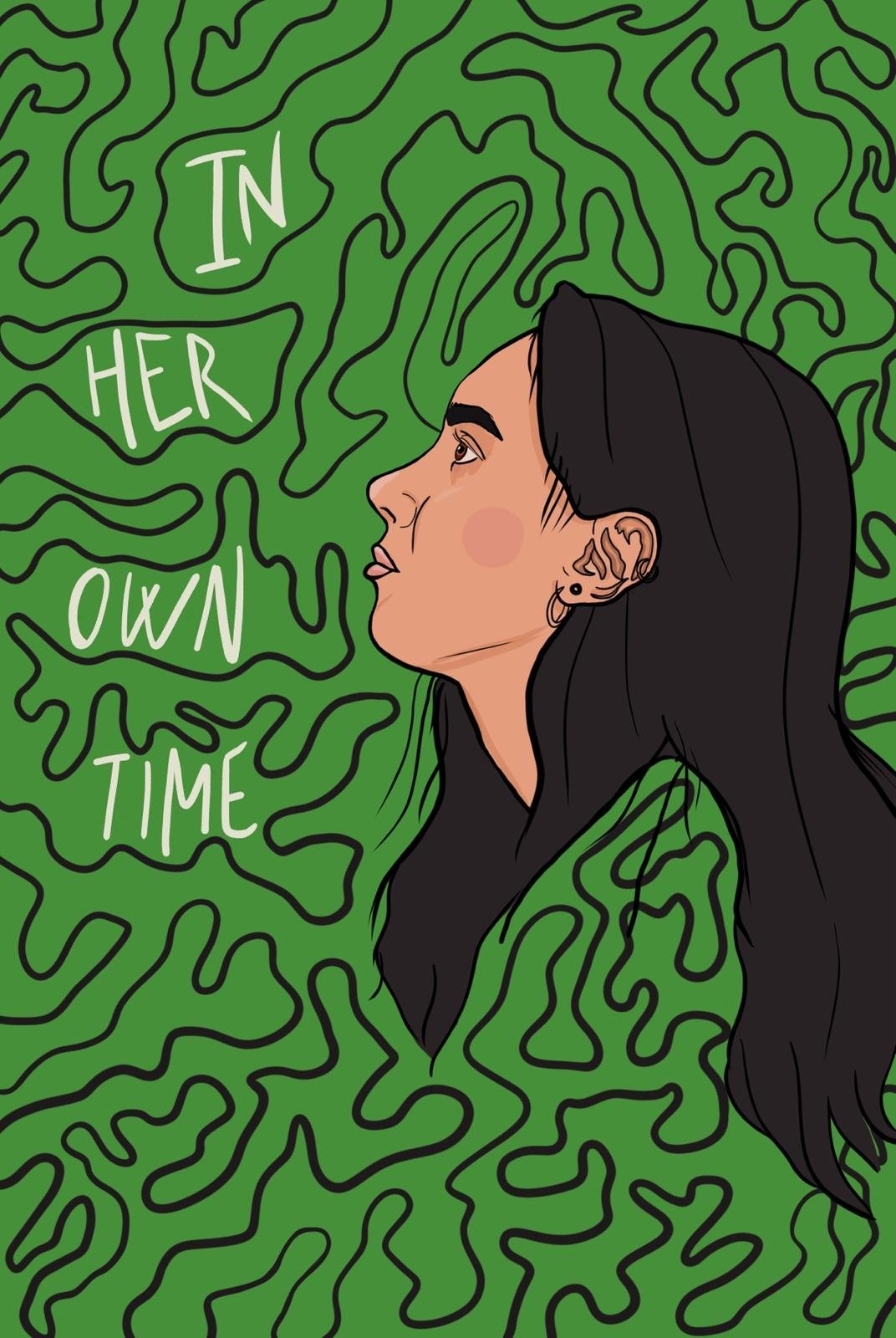
Jane and Mia have a sisterly friendship, and like sisters, they argue frequently. Jane is trying to get into art school, but is conflicted because she is afraid that she has to leave Mia behind if she accepts her place at Art school.
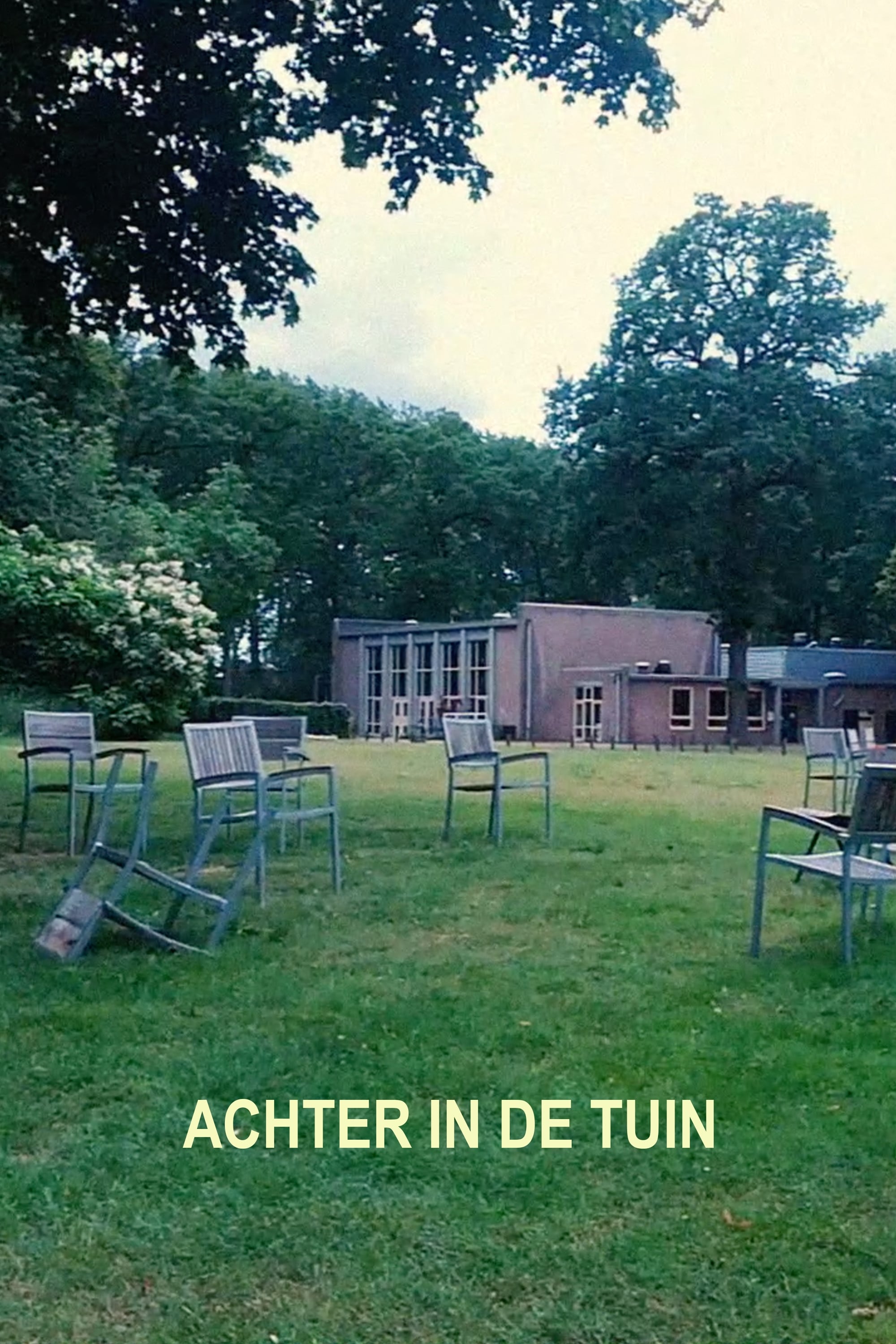
A 90-second short showing a fairytale-like story of an abandoned art academy and the students who once resided there.
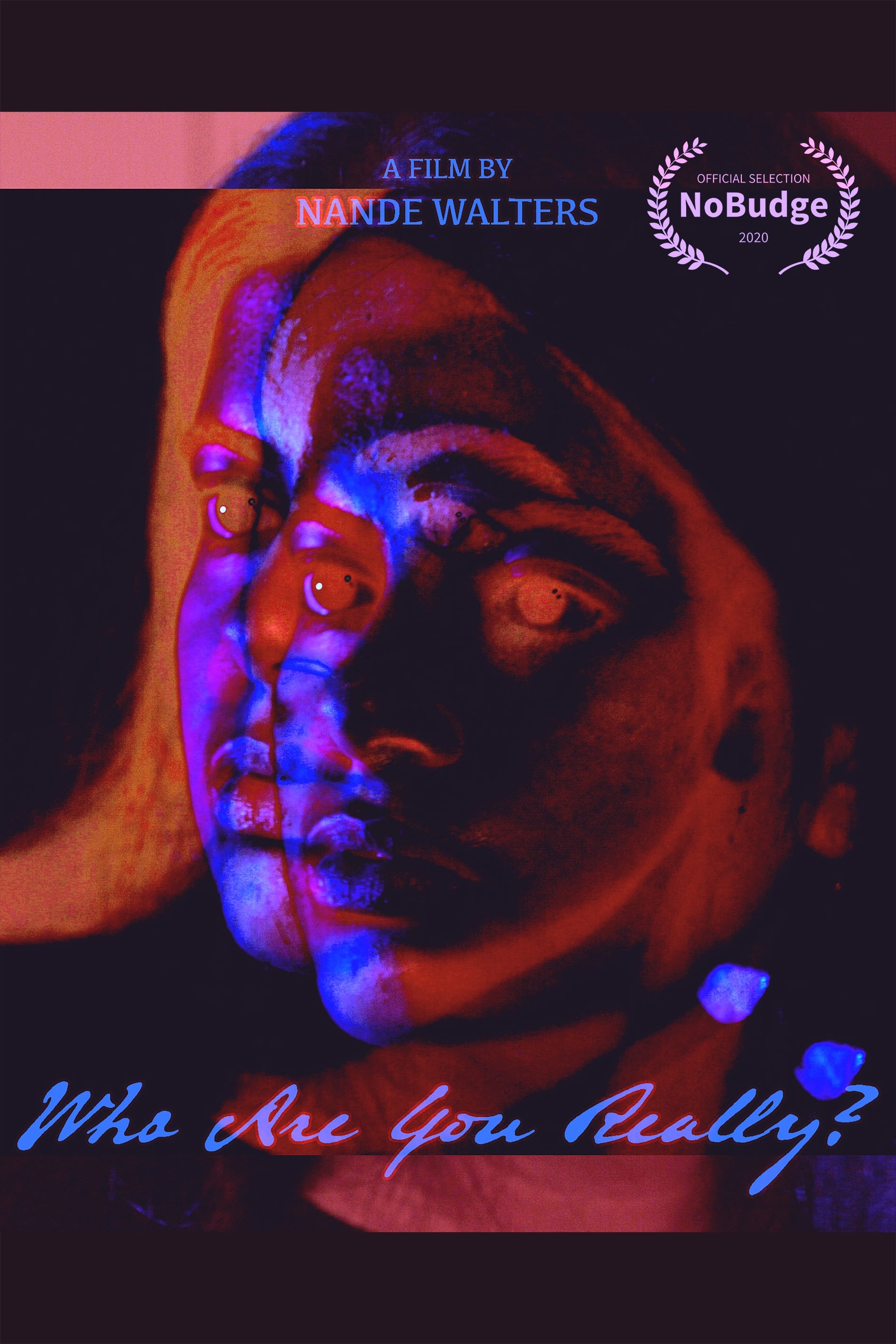
"A socially anxious college student reluctantly heads to a party attempting to make new friends. Nande Walters directs “Who Are You Really?”, an experimental portrait of insecurity characterized by a raw, youthful energy. Anya walks into the room and immediately feels like everyone is judging her. Eventually she strikes up a conversation with a young man, but neither really knows what to say and it doesn’t go anywhere. After struggling through the awkward night, she’s surprised to learn that an extroverted friend didn’t fare much better. Walters is only 19 years old, one of the youngest we’ve ever featured on NoBudge, and her film is the work of an artist still learning her craft but she clearly knows the feeling she’s after and captures it with pops of style and a touching closing monologue." -Kentucker Audley
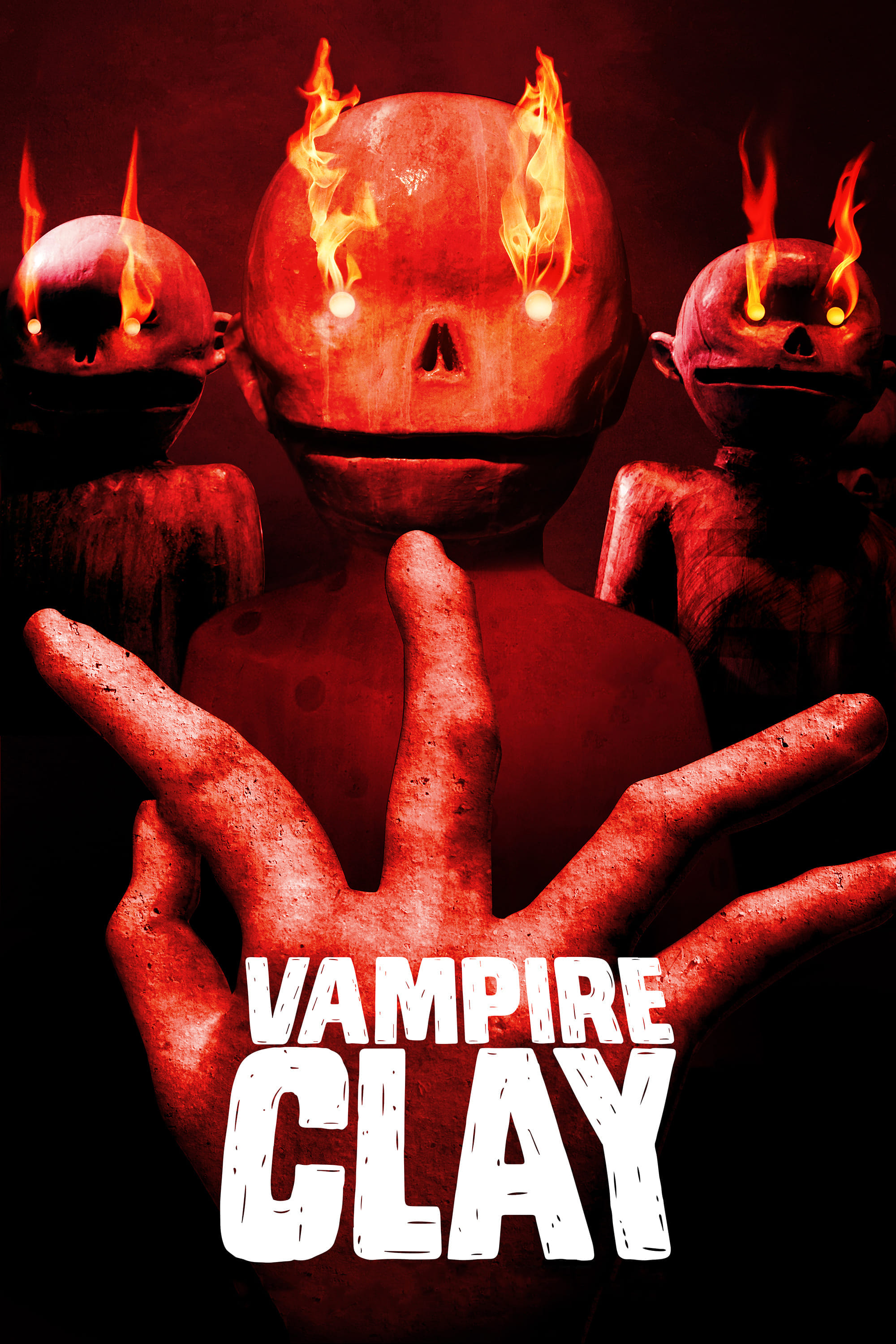
Absurdity and gore ensue as a possessed pile of clay begins terrorizing students at an art school.

GA is a class that specializes in the arts at Ayanoi High School. Kisaragi, Nodamiki, Kyoju, Tomokane and Namiko are five students who learn about art.

In search of the archival, Carmen-Sibha Keiso re-imagines theatre and film through personal narrative in her conceptual debut: Love & Fascism In The 21st Century. "... if Rappaport was in an art school." - Ferran Pla

Many twentieth century European artists, such as Paul Gauguin or Pablo Picasso, were influenced by art brought to Europe from African and Asian colonies. How to frame these Modernist works today when the idea of the primitive in art is problematic?
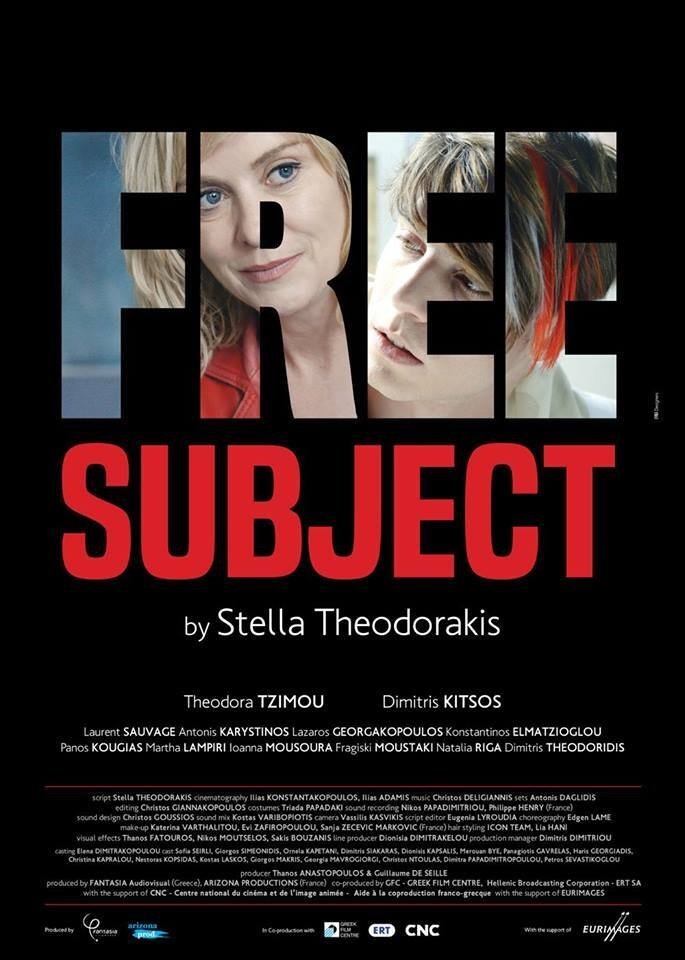
Iris, a teacher in her early forties who works at a Fine Arts School, assigns to her students an exercise on a Free Subject. It is a time when social behaviours and values are being called into question. The 20-year-old students are thrilled at the idea of being free to choose their own subjects. They create an “imagination factory” that has no limits. After finding Iris’s lost cell phone, provocative Yorgos, bases his Free Subject on his fictitious recreation of his teacher’s life. Free Subject deals with the limits of individual freedom in contemporary Western societies.
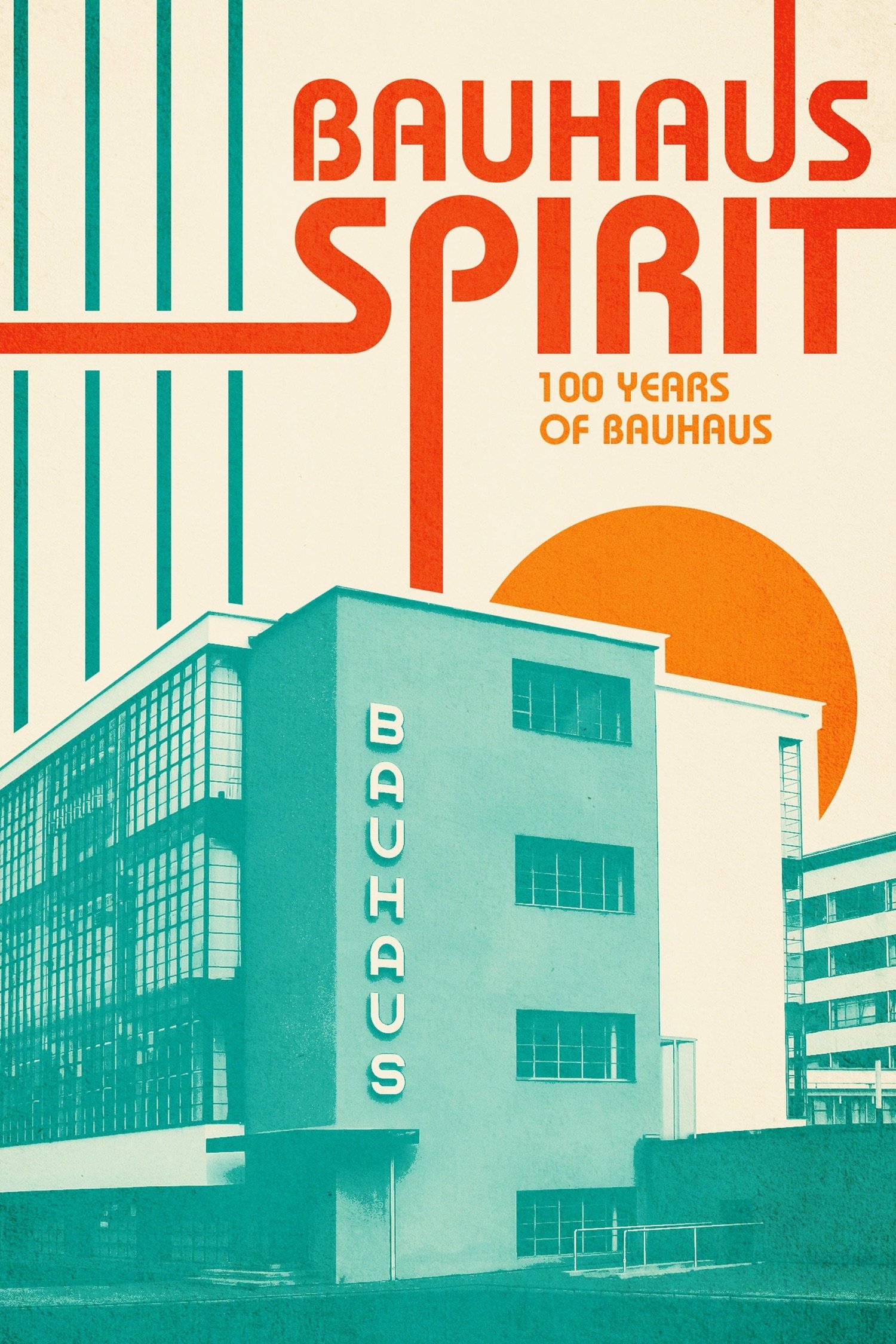
Founded in 1919 by Walter Gropius, Bauhaus was supposed to unite sculpture, painting, design and architecture into a single combined constructive discipline. It is a synthesis of liberated imagination and stringent structure; cross-medial concepts that embellish and enrich our existence, illumination and clarity, order and playfulness. But Bauhaus was never just an artistic experiment. Confronted with the social conditions of that particular time, as well as the experience of WWI, the movement concerned itself with the political and social connotations of design from the very outset. Hence, Bauhaus history is not just the history of art, but also the history of an era that stretches from the early 20th century to the modern day.

An intimate journey through the formative years of David Lynch's life. From his idyllic upbringing in small town America to the dark streets of Philadelphia, we follow Lynch as he traces the events that have helped to shape one of cinema's most enigmatic directors.
The Pilchuck Glass School outside Seattle has been going for 43 years. Started by Dale Chihuly, when glass in America was at its infancy. This school is responsible for making the US Studio Glass movement what it is today. It's an international institution now, bringing students from all over the world. It started in 1971, during the peace movements, Flower Power and war in Vietnam This documentary tells the story of it's beginnings, and how it's now made the Pacific NW, the largest glass art center in the world.
A mockumentary focusing on an art school frat's attempt at recording a music video for their latest party anthem with unwanted dancers and an unruly director.
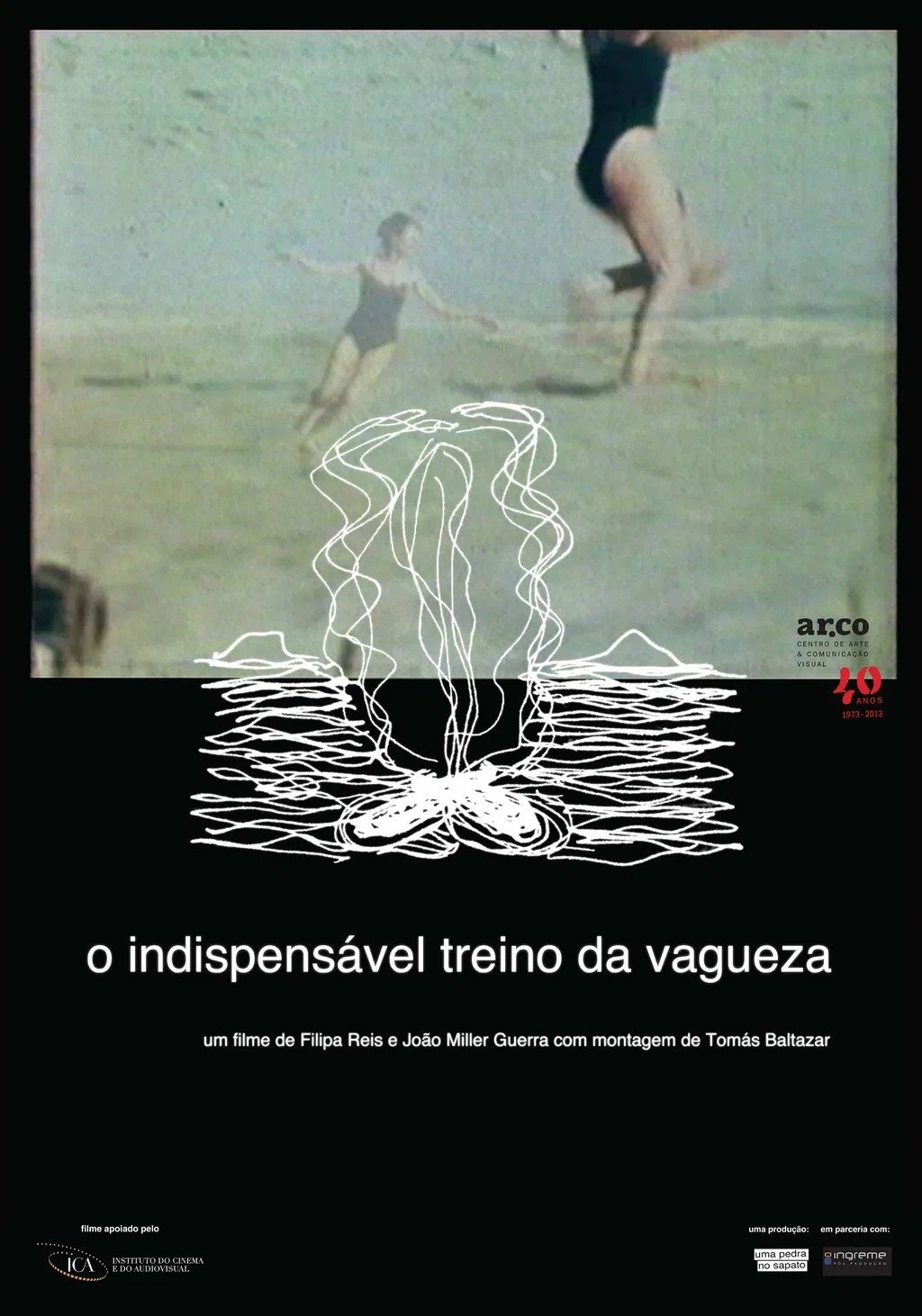
By the director: "Ar.Co embodies each person’s geography, it escapes normalisation. Each individual’s experience is his own. This film is my experience, our experience. Pieced together from the school’s archive, from recordings of classes by Manuel Castro Caldas and from conversations at home."

This is an interesting little documentary about the Nova Scotia College of Art and Design, which was apparently one of the global hotbeds of experimental/avant garde art- particularly video art- back in the 70's & 80's. MacGillvary interviews a number of the artists that were formative to the program. Many of whom would go on to become teachers at the school.
By browsing this website, you accept our cookies policy.